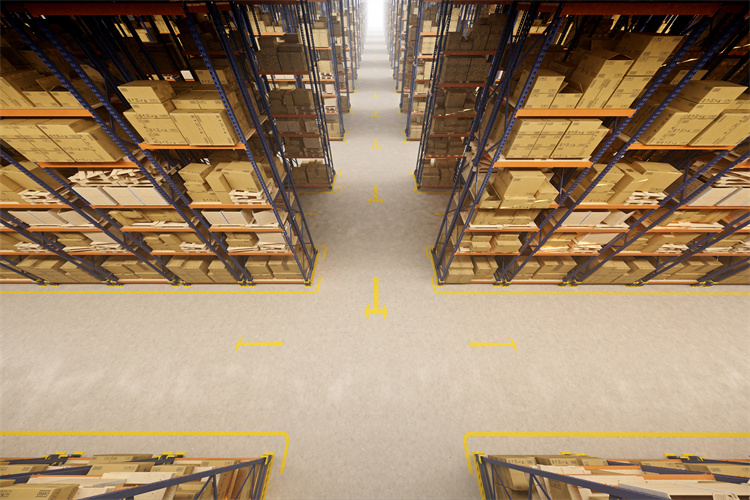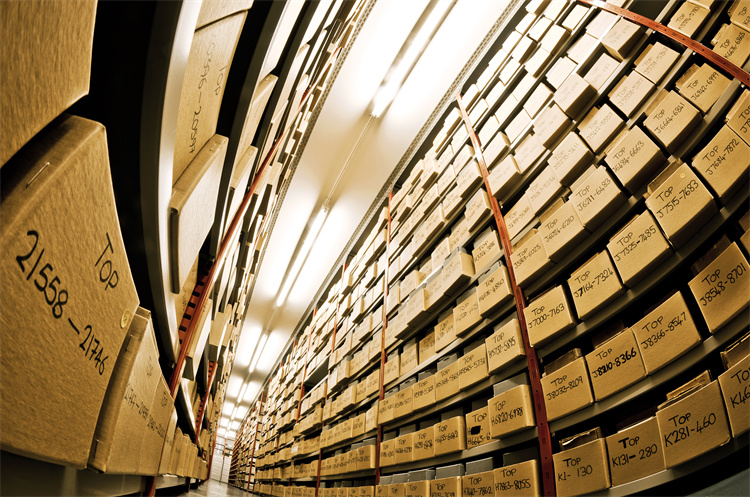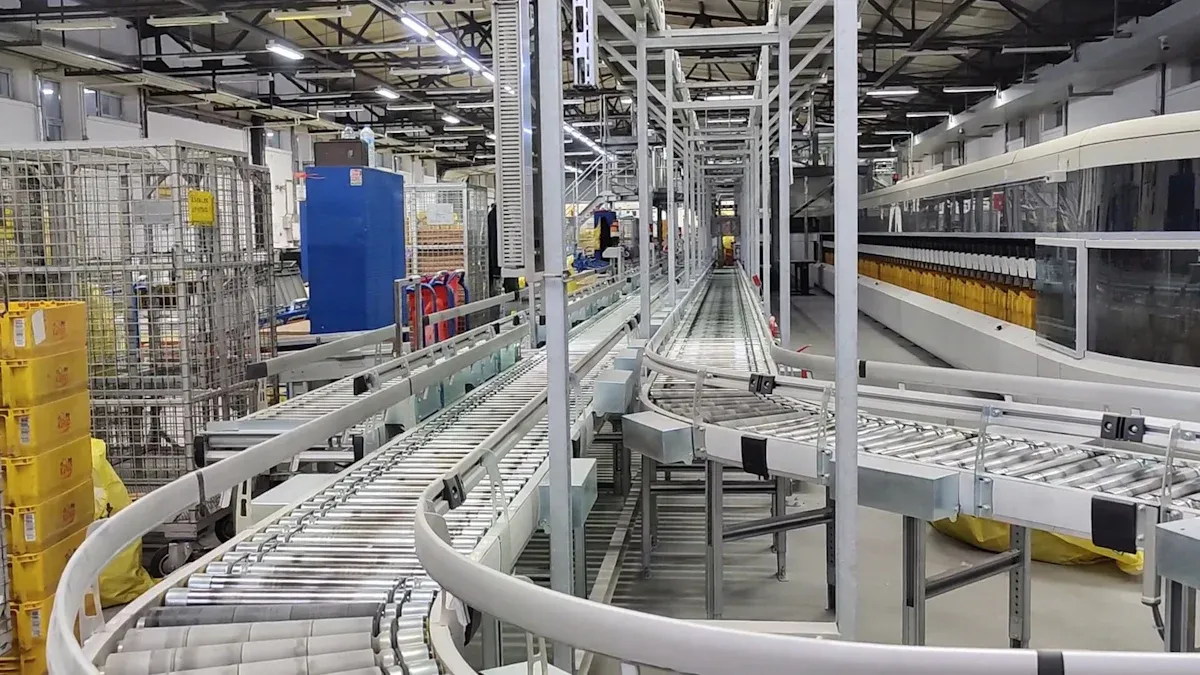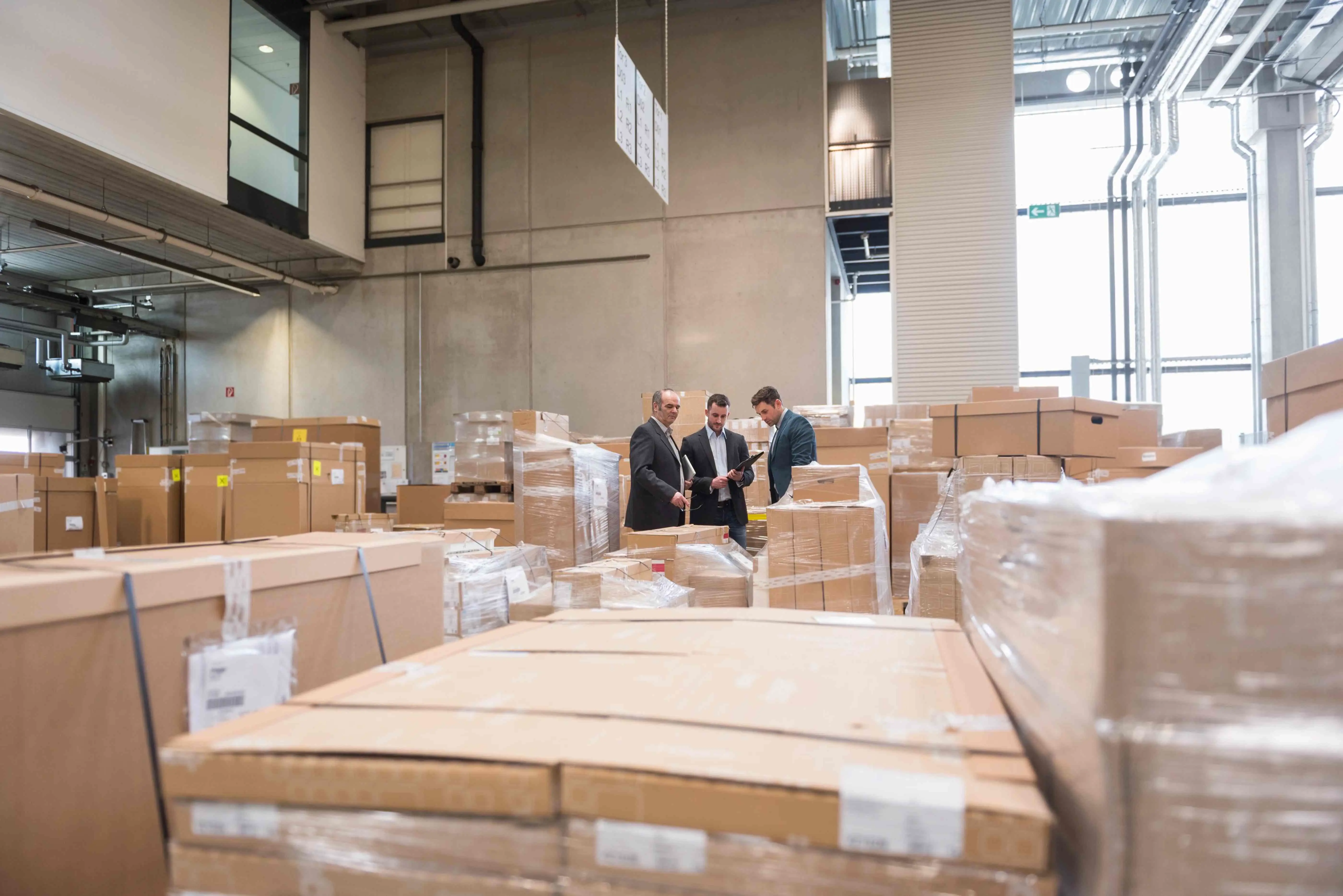Unlocking Greener Supply Chains with Smart Technology

Sustainable shipping is more important than ever. In 2024, U.S. shipping costs reached $2.6 trillion, and the industry accounts for 11% of the world’s greenhouse gas emissions. Green logistics is transforming the way goods are transported, with new ideas and smart computers making shipping more eco-friendly. JUSDA leads the way in green supply chains by leveraging advanced AI and digital tools to promote environmentally responsible shipping practices.
Key Takeaways
Green logistics uses smart tools to cut pollution and save energy. It helps make shipping cleaner and costs less money.
AI helps companies watch pollution, pick better routes, and run smart warehouses. This cuts waste and saves money.
Problems like high costs and training can be solved with clear goals and teamwork. Smart planning and tools like JUSDA’s AI help too.
Green Logistics Practices

What Is Green Logistics
Green logistics helps the environment. It makes supply chains cleaner. These ideas help cut waste and save energy. They also lower pollution. Green logistics covers moving and storing goods. Companies use trains and ships to pollute less. They use solar-powered warehouses. Smart software helps plan routes better.
Green logistics practices are:
Using bikes and trains to move goods with less pollution.
Putting solar panels on warehouses to save power.
Using small hubs and smart lockers for faster delivery.
Checking energy use and pollution with special programs.
Working with others to share good ideas and help the planet.
Green innovation means using new tools and ideas. It helps make supply chains cleaner and smarter.
Why Green Logistics Matters
Green logistics helps the Earth and saves money. The logistics industry makes about 24% of CO2 pollution. Trucks make more pollution than trains or ships. Moving 10% of goods from trucks to trains cuts CO2 by 7%. Solar panels on warehouses can cut energy bills in half. Reusing and recycling products can cut waste by 80%.
Green Logistics Challenges | |
|---|---|
New tech helps make things greener | High cost for new tech |
People want greener choices | Not enough money for green research |
Rules help green logistics grow | Not everyone knows about green logistics |
Green logistics also makes brands look better. It helps companies follow rules. Customers trust green companies more. Green ideas save money and help the future.
AI in Green Supply Chain Management

Emissions Tracking
AI is changing how companies watch pollution. Smart sensors collect data from trucks and warehouses. These tools show how much energy each part uses. Companies can find waste and fix it fast.
Sensors check energy and pollution all the time.
Dashboards put all the data together for easy checks.
Reports help plan upgrades and show less pollution.
AI finds patterns and gives tips to save energy.
JUSDA uses JusLink to connect the whole supply chain. This tool uses AI to track pollution and energy in many places. It gives real-time updates to help meet green goals. Companies can compare their progress and set new goals.
The digital world helps green supply chains by sharing info. Big data helps companies use less energy for each product. AI makes it easier to control pollution and be greener.
Note: Watching pollution in real time helps companies reach net zero faster.
Route Optimization
Route planning with AI makes deliveries faster and greener. AI looks at traffic, weather, and delivery times. It picks the best routes for trucks and vans.
System/Tool | Key Results | Description |
|---|---|---|
UPS ORION | Saved 100 million miles and 10 million gallons of fuel per year; $320 million saved | AI-powered route planning for deliveries |
Amazon AI Route Optimization | 10-30% faster last-mile deliveries | AI-driven planning for quick delivery |
Route4Me | Saves fuel and time for large fleets | AI calculates best delivery paths |
JUSDA’s JusLink uses AI to plan the best delivery routes. It checks traffic and weather and updates routes to avoid delays. This saves fuel and cuts pollution. AI can help companies cut pollution by up to 30%.
AI also helps when there are problems. If something goes wrong, the system finds new routes. This keeps deliveries on time and makes the supply chain stronger.
Tip: Good route planning saves money and helps the planet.
Smart Warehousing with JUSDA
Smart warehouses use AI to make supply chains greener. JUSDA’s warehouses use JusLink and eVMI to track goods in real time.
AI helps with storage, picking, packing, and shipping. The system guesses what will be needed, so only the right amount is stored. This cuts waste and saves energy. Robots and sensors help things run safely.
JUSDA’s warehouses use clean energy and follow green rules. The company offers extra services like repacking and labeling, all managed by AI. These ideas help companies save money and work better.
A study shows AI helps guess demand better by 87%. This means 25% less waste and 30% less pollution. Over 78% of companies now use AI in their supply chains.
JUSDA’s smart warehouses help many businesses, like electronics and cars. The company’s focus on new ideas and green goals helps clients stay ahead.
Smart warehouses with AI make supply chains cleaner, faster, and more reliable.
Benefits of Green Logistics
Business Value
Green ideas help companies do better. Many businesses use smart tools like AI and big data. These tools help save money and work faster. For example, using better lights and sensors cuts power bills. AI helps plan routes to use less fuel. Companies that care about the Earth get more customers. They also get more investors. They can see savings by checking energy use and waste. Dashboards show these changes in real time.
Smart tech saves money on bills.
Eco-friendly packaging lowers shipping costs.
Better routes save gas and time.
Green ideas make brands look good.
Environmental Impact
Green ideas help the planet by cutting waste and pollution. Companies recycle and reuse products. This means less trash and less waste. Tracking pollution in real time helps companies pollute less. Many places now use solar power to help the Earth. Electric trucks make less pollution. These steps keep the planet cleaner for the future.
JUSDA Case Study
JUSDA shows how green ideas work in real life. The company uses smart warehouses with AI and tracking. Their JusLink tool connects the whole supply chain. JUSDA helps clients waste less and save energy. For example, Sharp used JUSDA to cut costs by 20%. They also sped up orders. JUSDA’s green focus helps many businesses reach their goals.
Overcoming Challenges
Adoption Barriers
Many companies want to go green, but it is hard. New green projects can cost a lot of money. Buying smart tools and building green warehouses is expensive. Some worry about keeping their data safe with new tech. Workers may not know how to use new systems. Old computers in trucks and warehouses may not work with AI. Some workers do not want to change their jobs. Leaders may not support green ideas or see their value. Too many rules and not enough time can slow things down. Some places do not have enough charging stations for electric trucks. Companies in poorer areas may not have money for green upgrades.
Many businesses also have trouble with waste and using chemicals safely, especially in healthcare and factories.
Solutions and Strategies
Smart plans can help companies beat these problems. First, they can measure pollution with tools like GLEC. Setting clear goals helps teams stay on track. Working with partners makes it easier to share ideas and cut pollution. AI can help plan routes to save fuel and avoid empty trips. Training and rewards help workers support green changes.
Use tax credits and government help to lower costs.
Work with others to build more charging stations.
Use blockchain to make supply chains open and easy to check.
Real stories show these ideas work. In India, one company used trains and electric trucks for deliveries. In the U.S., a shipping company made a tugboat that runs on solar power. These examples show that smart planning and teamwork can help any business go green.
Roadmap for Green Supply Chain Management
Assessment Steps
A company starts by checking its whole supply chain. Teams look at suppliers and find where pollution is worst. They use special tools to measure carbon and water use. AI makes this work faster and more correct. Digital charts and maps show the biggest risks. Companies set goals to cut waste and pollution. Real-time systems watch progress and catch problems early. Many now use AI to gather data and guess future needs. This helps make supply chains greener and meet world rules.
Tip: Mapping supply chains and using AI helps fix problems fast.
Technology Selection
Picking the right tech is very important. Companies choose tools like AI, IoT, and blockchain. These give updates right away and make tracking simple. AI helps guess demand and control stock. Big data shows where to save energy and cut waste. ESG software tracks green goals and reports progress. Automated tools cut paperwork and speed up checks. Teams pick tech that fits and can grow with them. They keep checking to make sure tech stays current.
Technology | Main Benefit | Example Outcome |
|---|---|---|
AI innovation | Guesses demand, cuts waste | |
IoT Sensors | Tracks energy and pollution | Real-time alerts |
Blockchain | Builds trust and openness | Easier checks |
Implementation with JUSDA
JUSDA uses AI at every step. JusLink connects suppliers and tracks goods in real time. Smart warehouses use AI for picking, packing, and shipping. Their systems guess demand and use space better, so there is less waste. JUSDA helps set up dashboards to watch energy and carbon. They use cloud storage and automatic reports. JUSDA trains workers and helps at every stage. With over 155 service points, JUSDA brings AI to many industries. Their way makes green goals real and possible.
JUSDA’s AI and big network help companies build cleaner supply chains.

JUSDA Solutions
To provide you with professional solutions and quotations.
AI helps make shipping better for the planet.
JUSDA uses AI to help the Earth.
Companies grow by using smart AI tools.
AI helps the environment in many ways.
JUSDA’s smart ideas make others want to help.
New ideas bring big changes.
New ideas solve hard problems.
New ideas help people trust each other.
New ideas help companies get bigger.
New ideas make good things happen.
See how JUSDA uses new ideas today.
See Also
Harnessing Artificial Intelligence To Boost Supply Chain Efficiency
Improving Supply Chain Operations Through Cloud-Based Technologies
Discovering How Robotics Is Transforming Supply Chain Systems
Maximizing The Capabilities Of Automotive Supply Chain Networks
Artificial Intelligence Driving The Future Of Supply Chain Logistics
